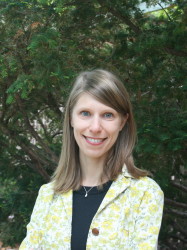BibTex format
@article{Hawkes:2017:10.1073/pnas.1620811114,
author = {Hawkes, CV and Waring, BG and Rocca, JD and Kivlin, SN},
doi = {10.1073/pnas.1620811114},
journal = {Proceedings of the National Academy of Sciences},
pages = {6322--6327},
title = {Historical climate controls soil respiration responses to current soil moisture},
url = {http://dx.doi.org/10.1073/pnas.1620811114},
volume = {114},
year = {2017}
}

